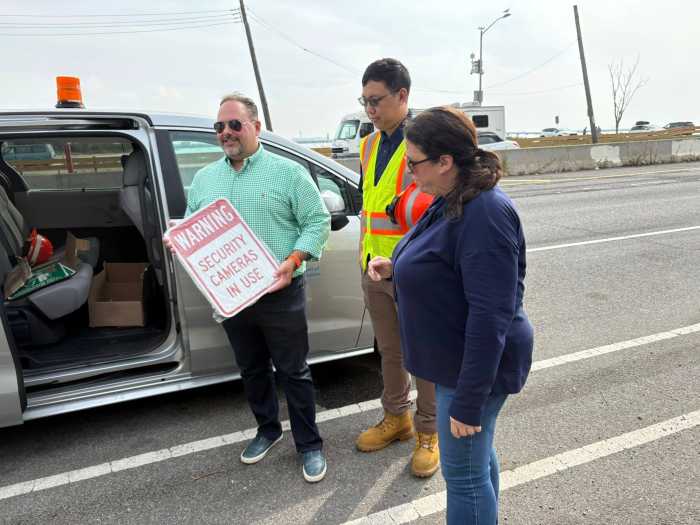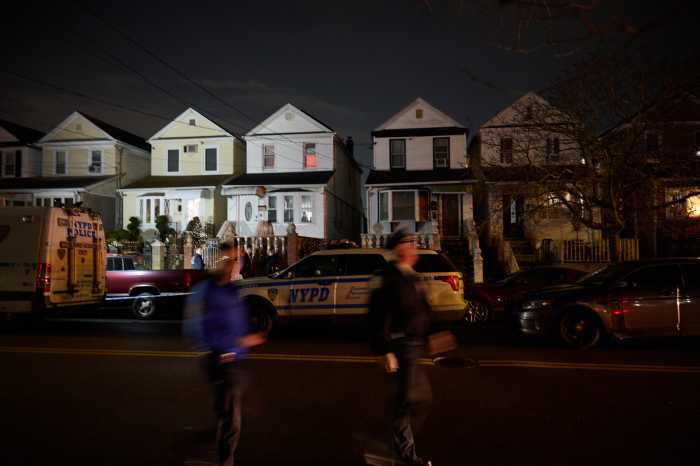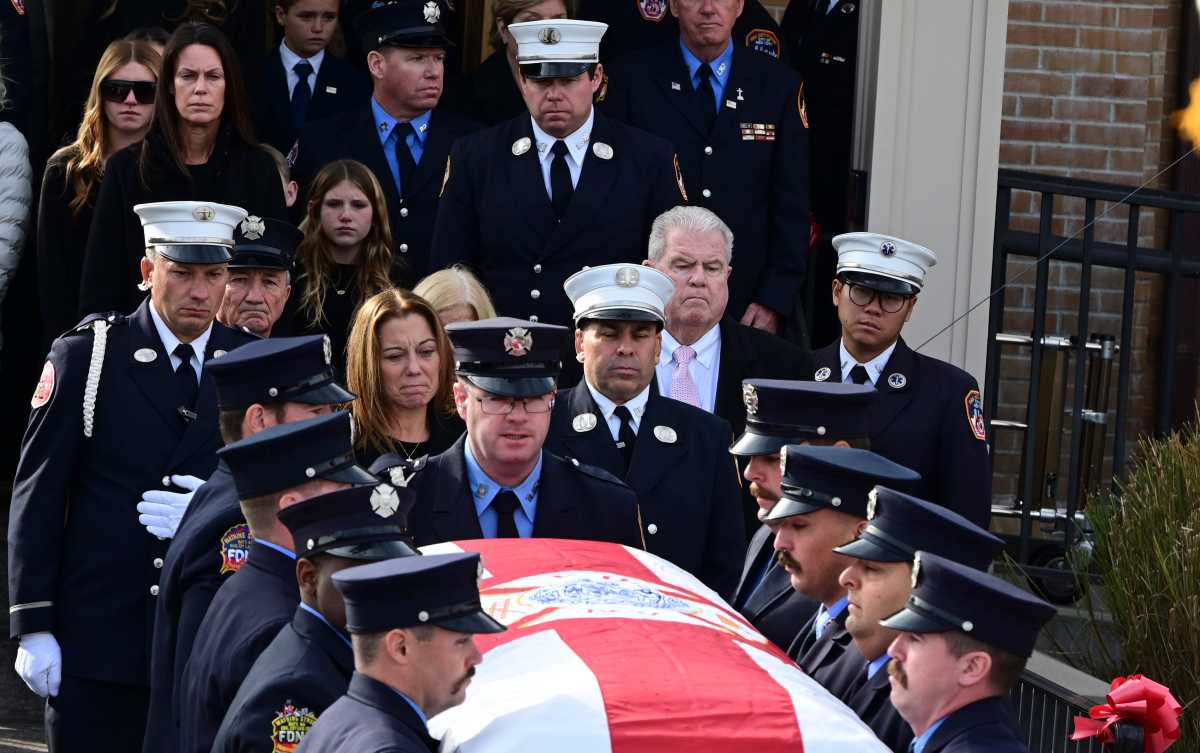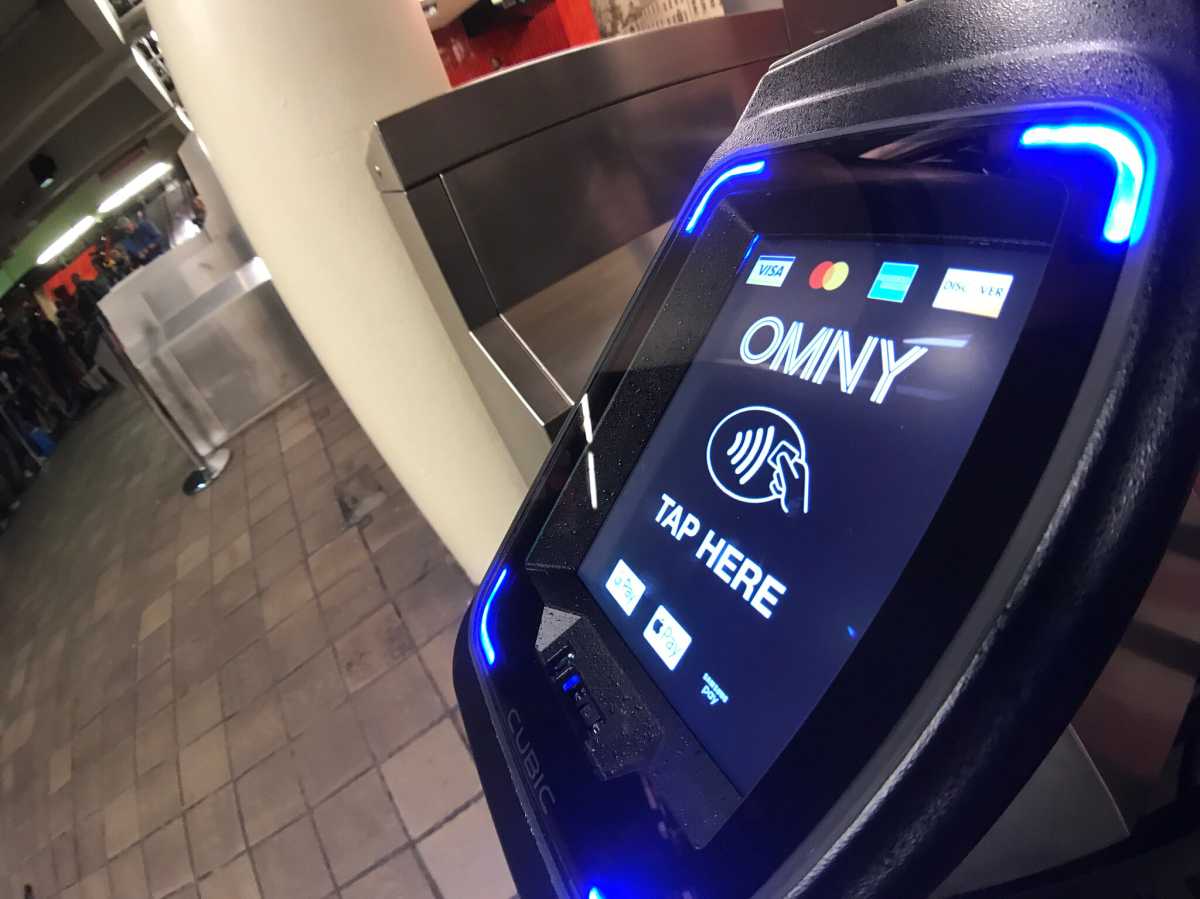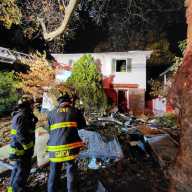A long-dormant rail link between Rockaway Beach and the rest of Queens is getting a new look after the MTA released a preliminary study that was supposed to be made public last year.
The costs of reactivating the old Rockaway Beach Branch, which was closed back in 1962, have skyrocketed enormously since its original price tag of $250 million was estimated by the MTA back in 2001. The report shows that the cost of connecting the RBB to the Long Island Rail Road would cost an estimated $6.7 billion while a connection to NYC Transit would be even higher at $8.1 billion.
“The abandoned RBB right-of-way is overgrown with vegetation and is impassable on foot,” the study says. “Several undergrade bridges and viaduct sections will require full replacement due (to) deteriorated conditions. Reactivation will require the laying of new track as well as installation of new train signals and 3rd rail traction power substations.”
The exorbitant price tag of reactivating the RBB did not stop Assemblywoman Stacey Pheffer Amato’s support of the project.
“We are talking about a real opportunity to give time back to commuters’ lives,” she said. “If this is what it will take to bring water to a transit desert, then give me a bucket! Moving forward, my office remains committed to bringing the LIRR, MTA, NYCT, and all relevant community partners into the same room to discuss our next steps. The time is now to improve transportation in our community.”
The Coalition for QueensRail was pleased with the release of the study while disappointed that it was withheld from the public for more than a year. The study still has September 21, 2018 on its cover page.
“Once built, QueenLink will be a tremendous public asset,” they said in a statement. “It will dramatically reduce commute time for people living in a ‘transportation desert’ by bringing lower income and working-class communities closer to education, employment, recreation and affordable housing.”
The group says the RBB reactivation would benefit 47,000 daily riders meaning less motor vehicle congestion on Woodhaven Boulevard and the Van Wyck Expressway.
“Less congestion means safer roads, fewer pedestrians and bicycle deaths and less pollution,” they said. “NYC cannot combat climate change or reduce our dependence on cars without extending transit deeper into the outer boroughs.”
Longtime transportation historian Larry Penner, who worked at the Federal Transit Administration for more than three decades, says the MTA study confirms that it is the end of the line for RBB service restoration because the price tag would be even higher by the time shovels would hit the ground.
“I don’t see anyone who will pony up $20 to $30 million or more to help pay for the next step after completion of any feasibility study, which is a formal Environmental Review. This is supported by conceptual and preliminary design and engineering, which helps support the environmental review process and further refines the estimated project costs. Without this, the project is dead and buried.”
Penner points out that there is no funding for the RBB reactivation project in the $51 billion MTA 2020-2024 Five Year Capital Program.
“It’s time to read the tea leaves, regroup and look for other low cost easier ways to implement solutions,” Penner said.




